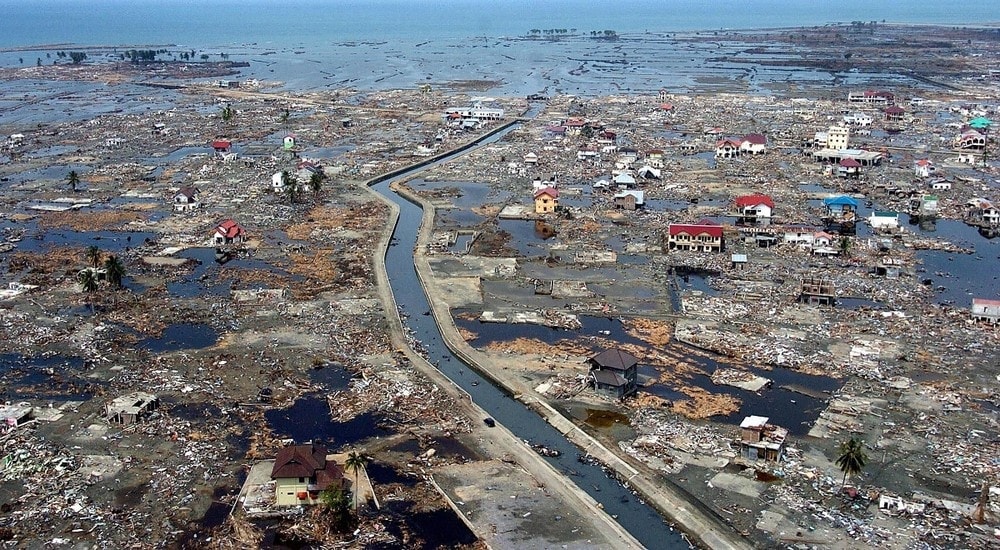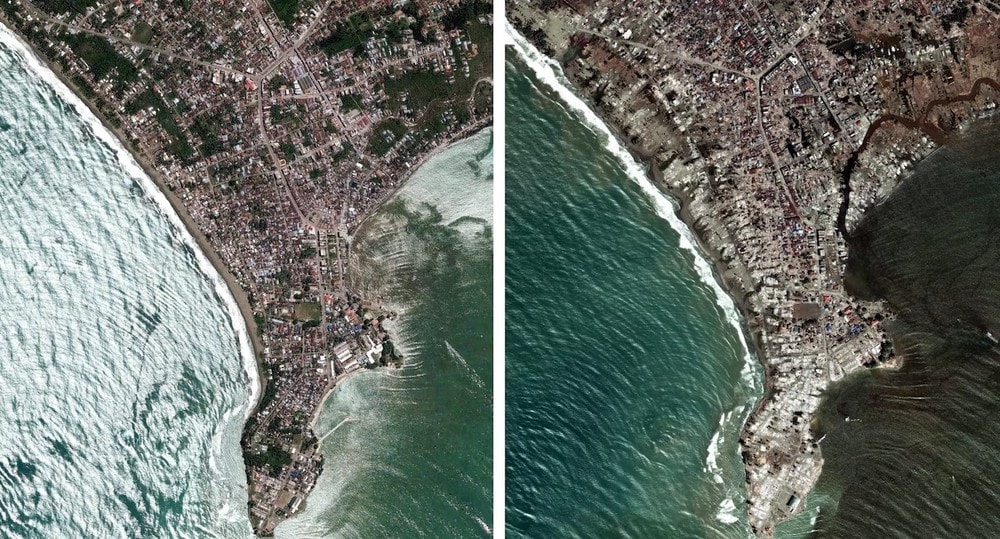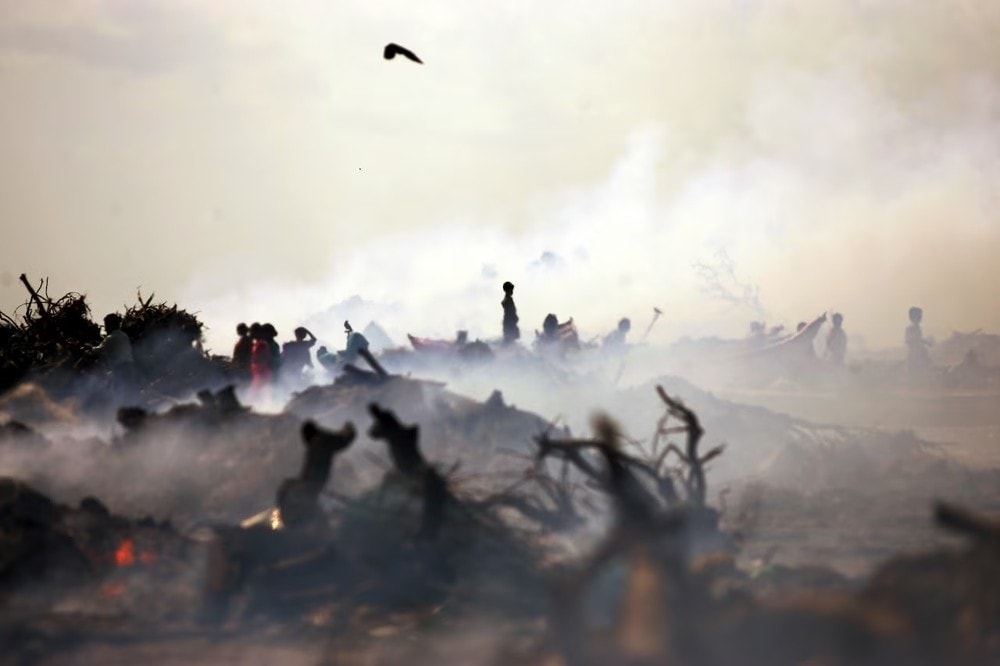Twenty years ago, an earthquake in the Indian Ocean released the energy equivalent of 23,000 atomic bombs and triggered a devastating tsunami that killed more than 225,000 people.

On December 26, 2004, a tsunami considered the most catastrophic in history killed more than 225,000 people, mainly in Indonesia, Sri Lanka, India and Thailand.
20 years later, the effects of this disaster still remain and serve as a lesson for people to prepare for natural disasters.
Tsunamis occur when a geological shift disrupts the ocean, causing a series of large waves to crash onto land. They are usually caused by earthquakes under the ocean, but events such as landslides and volcanic eruptions can also cause them.
The first efforts to monitor tsunamis began in 1941, when Japan established the Sendai Meteorological Observatory and used local radio stations to broadcast warnings when signs of tsunamis were observed.
Yet at the time, there was no warning system to protect the 1.5 billion people living in small towns and coastal cities around the Indian Ocean.
Tsunamis are not a common natural phenomenon in the region and they are rarely fatal. Over a period of 150 years (1852 to 2002), only seven of the 50 tsunamis recorded in the Indian Ocean resulted in casualties, with a total of fewer than 50,000 fatalities. As a result, the authorities and people living along the Indian Ocean coast were ill-prepared for the disaster.
Sumatra in Indonesia lies near the junction of two tectonic plates: the Indian Plate and the Burman Plate. At 7:29 a.m. on December 26, 2004, these tectonic plates collided under the ocean floor, creating a magnitude 9.1 earthquake.
Seismologist Barry Hirshorn said the energy released by this earthquake was so great that it had to accumulate slowly over hundreds of years and was equivalent to 23,000 atomic bombs dropped by the US on Hiroshima.
The strength and size of the earthquake actually shifted the Earth's polar motion by about 2.54cm, shortening the day by 2.68 microseconds.

In Indonesia's Aceh province, people poured out of their homes just after 8 a.m. to assess the damage caused by the earthquake. Little did they know that another terrible disaster was headed their way.
Twenty minutes after the earthquake struck, a series of waves nearly 51 meters high (equivalent to a 17-story building) began crashing into the shore, flattening trees and sweeping people away.
Over the next few hours, giant waves raced at speeds of more than 800km/h – nearly the speed of a jet plane – across the Indian Ocean.
Two hours after the earthquake, these waves reached Thailand, Sri Lanka and India. A few hours later, the tsunami submerged parts of Africa.
Banda Aceh, the largest city in Aceh, suffered terrible damage from the tsunami, killing a quarter of its population.
Lhoknga, a coastal town in southwestern Banda Aceh, suffered even worse damage when a wave more than 30m high hit, completely flattening the town, reducing its population from 7,000 to just 400.
The tsunami caused a devastating domino effect. In Sri Lanka, the tsunami created the worst rail disaster in history when it derailed a train, killing an estimated 1,700 people.

The world was fundamentally changed. Some 1.8 million people were displaced, and some 460,000 homes were damaged or destroyed. Even a decade later, the toll is too great to assess the full extent of the devastation.
The United Nations quickly set up a $6.25 billion relief fund to help 14 countries, with the bulk of the money going to Indonesia and Sri Lanka, the hardest hit.
In 2005, the Indian Ocean Tsunami Warning and Mitigation System was established to detect early signs of tsunamis and rapidly alert local communities in 27 countries.
Upgraded warning systems have also been installed in the Pacific and Atlantic oceans, ensuring communities have more time to evacuate to higher ground when tsunamis hit land.
TH (according to VNA)